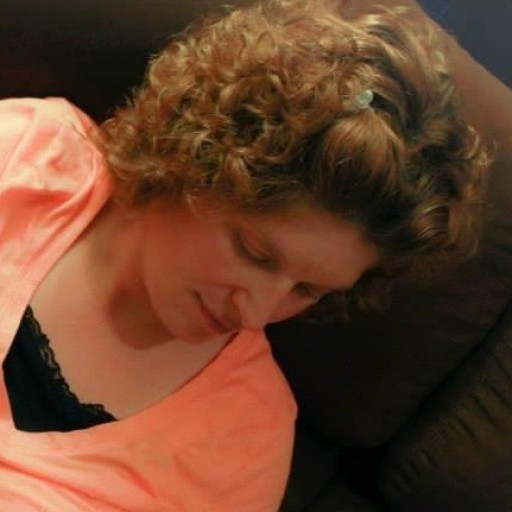Resources
VideoAbout This Talk
This talk will detail my experience building an Augmentative Alternative Communication (AAC) device for my son who has autism. I had to perform some troubleshooting to get Django to harmonize with the Raspbian OS and touchscreen drivers, but the result is easily replicable using the instructions I will cover from my project documentation on the Hackaday website bit.ly/TalkerHackaday
I want to give this talk to inspire other developers to try their hand at building bespoke assistive devices. Commercially available medical assistive devices are expensive partly because they try to be everything to everybody. What if instead, we made products that do one thing for one specific user very well?
This outline shows what I will cover in my talk:
- Find a need and fill it
- Django on Linux
- Interface prototyping
- Gesture recognition for touchscreen
- Custom enclosures with NO 3D printing
- Everyone needs to become an inventor
This talk is for people who are curious about running Django in an embedded system (development server as the production environment). People who are interested in Debian Linux will also find this talk interesting. I would love to reach the autism community and people who want to build assistive technology. To get the most out of this talk, attendees should have a basic knowledge of how to perform a command line Django installation and what a raspberry pi is.

Muriel Green
Green first programmed in DOS at the age of 5 at a friend’s house on the east coast. Growing up in rural Kansas, Green did not have more opportunities to explore programming until college. After three years of Management Information Systems coursework, Green made the interesting decision to switch to a Film major. Many years later, when Green’s middle son got diagnosed with autism and prescribed a $6000 communication device, Green started programming again; this time with a mission to build affordable assistive tech.